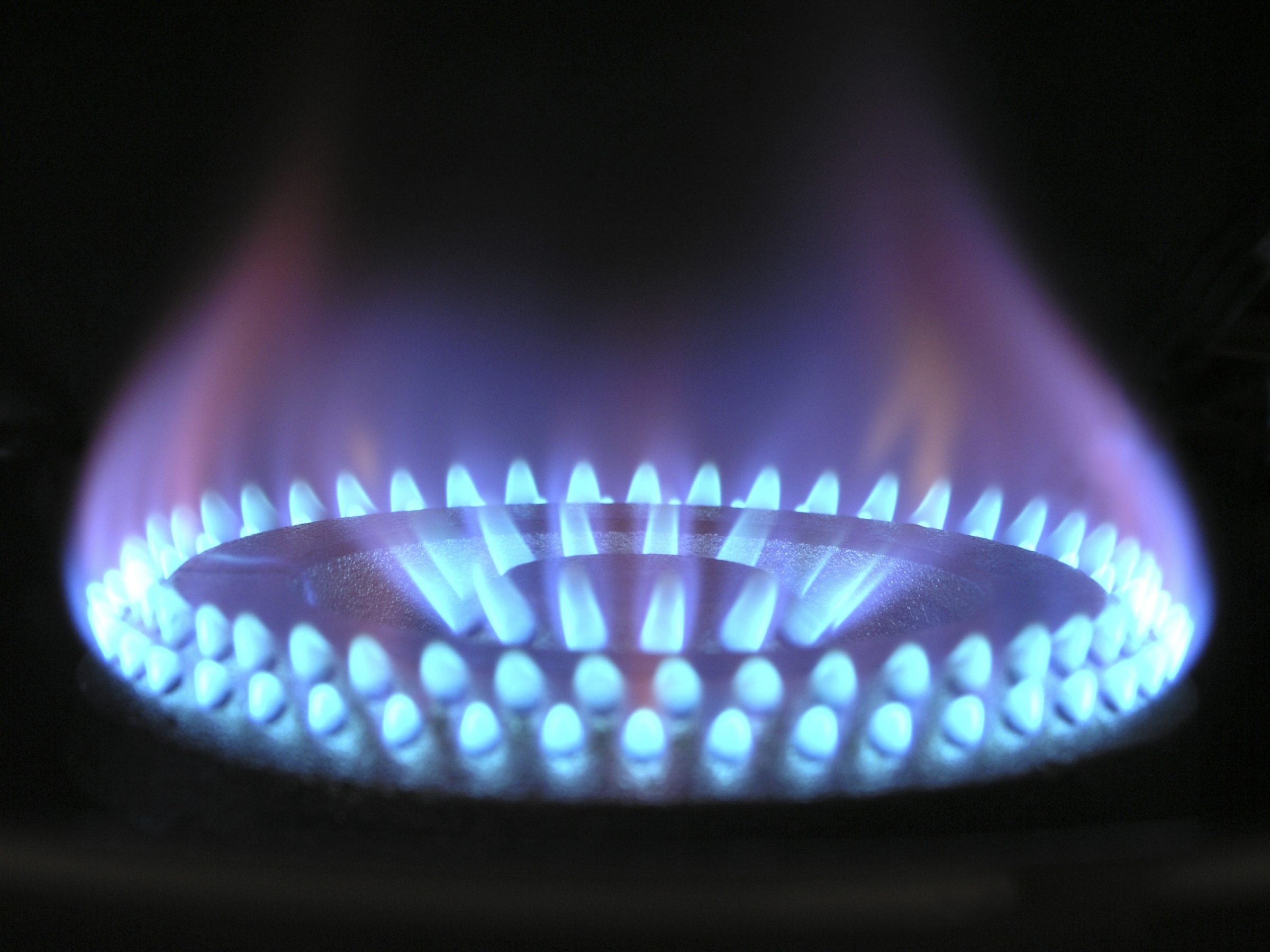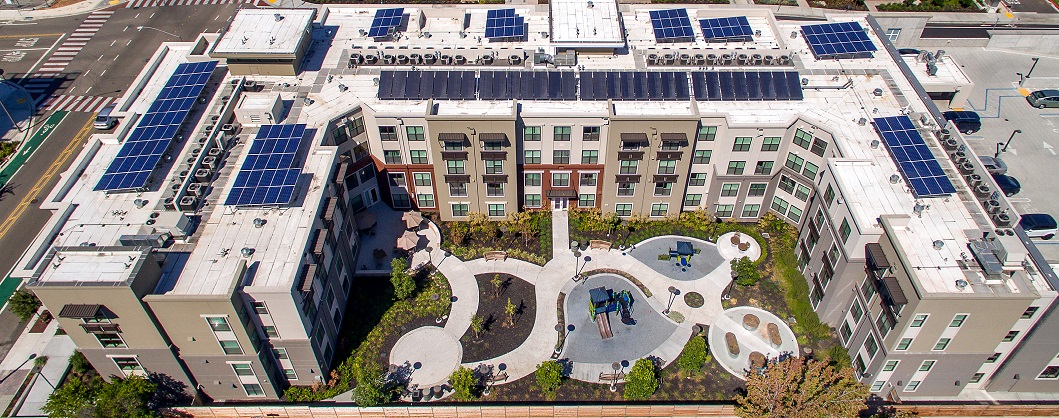
Natural gas (NG) has long been represented as a clean and safe "bridge fuel" capable of transitioning the generation of electricity away from coal, (and recently) toward renewables. In reality, NG is a turbo-charged greenhouse gas that will raise the rate of global temperature increases as it compromises health and safety. The employee owners of Sun Light & Power support Berkeley City Council's July 17 decision to ban the installation of natural gas lines in most new low-rise residential buildings starting January 1, 2020. At least 50 California cities are lining up behind Berkeley to combat GHG emissions through electrification also known as "fuel switching".
Berkeley's vital contribution toward California's goal of achieving 100% zero-carbon electricity by 2045 is urgently needed. NG is composed of 70%-90% methane, which traps about 86 times more heat in the atmosphere over 20 years and 34 times more heat over 100 years compared to CO2. July was the hottest month in 140 years and the 415th consecutive month above the 20th-century average. Not only was the 20th-century the warmest in 2,000 years, the rate at which temperatures increased during the past 150 years had no equal during the previous 19 centuries. Using 700 proxies for temperature records from around the world, University of Bern scientists have painstakingly reclassified historical cooling and warming periods such as the Little Ice Age as regional events linked to volcanic eruptions rather than a global event like the one we are now experiencing. 98% of our planet is being warmed rapidly and simultaneously and the culprit is undeniable: recent man-made GHG emissions.

Continued use of NG will spike temperatures in the short term, further heating the oceans. This will sustain higher temperatures for longer because water heats and cools more slowly than soil or air. Since 1750, atmospheric methane has increased 150% (the highest level in nearly 500,000 years), and we still do not understand its complete lifecycle. A joint NOAA and University of Michigan study revealed that total methane emissions in 2018 from at least 5 East Coast cities (including New York and Boston) were 50% higher than those reported by the EPA. The study also found that the EPA underestimated NGs' contribution by a factor of almost 10, undermining the EPA's claim that US methane emissions have been slowly declining since 1990.
Delivering NG to customers is bad for the environment and for health. About 70% of US NG is extracted by fracking in shale formations, which poisons fresh water with extracted brine water which is often mixed with toxic heavy metals and radioactive chemicals. Deep wastewater disposal wells have also caused thousands of minor earthquakes in otherwise seismically stable areas such as Oklahoma. Bringing NG to market also involves flaring, which is the regular (and often under reported) burning of excess gas and chemicals at the well-head including carcinogenic VOCs such as benzene. Moreover, leaks ("fugitive emissions") from gas plants, wells, pipelines, trains, trucks and ships occur throughout the NG production and delivery process. Sadly, a new University of Colorado study has confirmed that mothers living near oil and gas wells have a 40%-70% higher chance of having children with congenital heart defects. NG also contributes to toxic ground level ozone pollution, which attacks the respiratory system and is harmful to people of all ages.
NG places lives and property at immediate risk from fire. During an earthquake, house fire, wildfire, gas line servicing, or construction event, NG ignition can trigger massive explosions and reduce entire neighborhoods to ashes. NG leaks have been so prevalent in California that PG&E has been sued multiple times for negligence. Since the deadly San Bruno explosion and fire in 2010, the utility has installed hundreds of automatic and remote-controlled valves and replaced old steel mains with plastic. Nevertheless, a vast network of small feeder lines like the one that was ruptured and burned for two and half hours on Geary Blvd in San Francisco on February 6, 2019 still threaten most neighborhoods.
Between 2009 and 2018, electricity generated from NG power plants rose 13% to 35.1% of total US output while coal-fired electrical generation fell 18.3% to only 27.4%. Thanks to fracking, the US has led the world in NG production since 2009. In 2018, the US was responsible for 45% of the global production increase. The US and Russia dominate NG output, producing 20.4% and 18.6% respectively. Iran, their nearest competitor, produces only 4.8% (so far) from their massive reserves estimated to contain 17% of the earth's total. Russia is the world's biggest NG exporter while about 95% of US produced NG is consumed by Americans, making them the world's greatest NG consumers. The US and Russia are battling for the European NG market as China's conversion from coal to NG is underway. Having moved from the fire of CO2 to the frying pan of NG, the world's appetite for the fossil-fuel of choice is growing steadily at the worst possible time.

Burning NG instead of coal to generate electricity is not the answer. If you are using NG in your home or business, now is the time to convert to all-electric power, fueled by solar. Generate real clean energy with a rooftop photovoltaic system and/or solar thermal system for your electricity, hot water, heating/cooling, cooking and laundry. You and your community will be safer, healthier, and more resilient to energy disruptions, today and in the future.
Seamas Brennan is a Blog Contributor, Researcher, and Engineering Admin. Assistant at Sun Light & Power